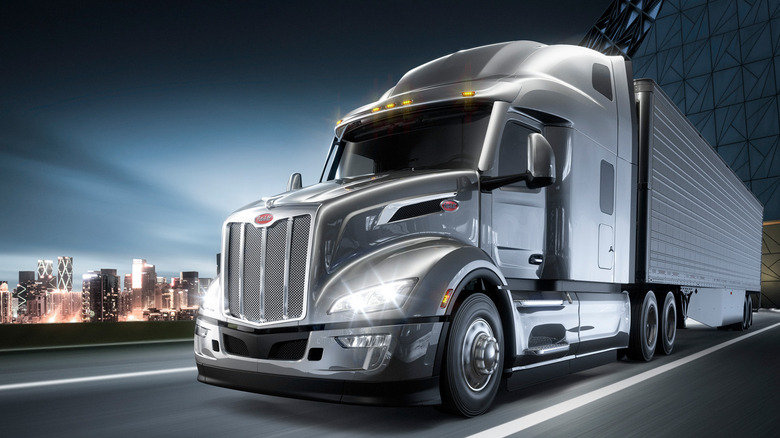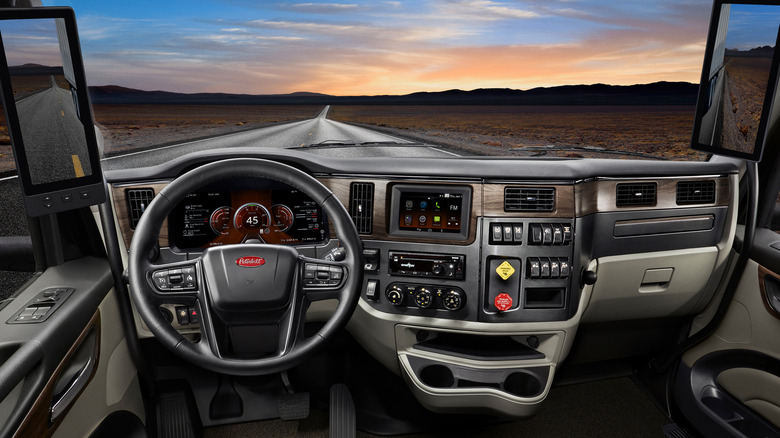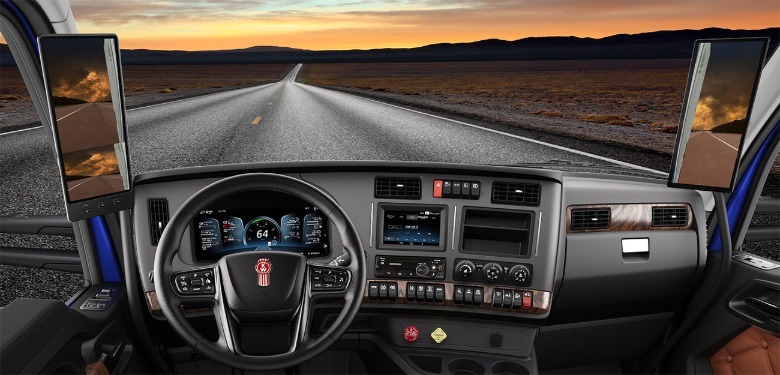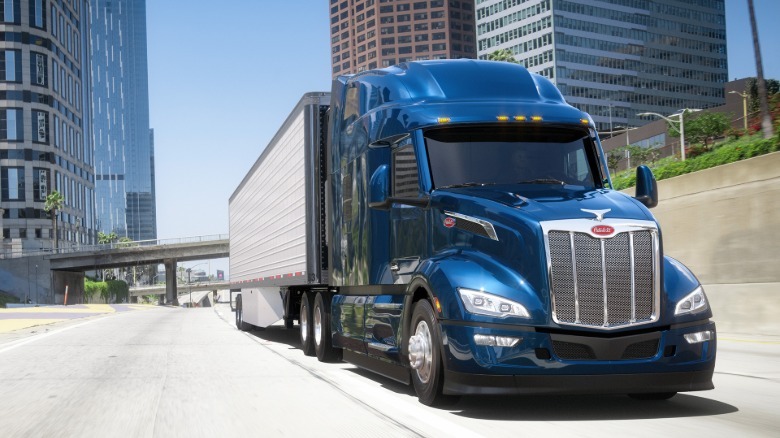Kenworth T680 Vs Peterbilt 579: What's The Difference & Are Either Considered Better For The Long-Haul?
Designed with long-haul efficiency and driver comfort first, the Kenworth T680 and Peterbilt 579 are some of the most popular semi-trucks on the highway, both with legendary reputations. Although their specs and features often overlap, these two trucks – which share the same parent company, PACCAR – are not exactly alike. Choosing between the T680 and 579 is more than just a question of brand loyalty for fleet managers and drivers both, it's about striking the ideal mix of technology, fuel economy, durability, and driver experience.
Both trucks have similar powertrain choices, with the PACCAR MX-13 engine and automated transmissions, designed for maximum efficiency, being available for both. Their different designs, inside layouts, and ride quality have split supporters among long-distance drivers.
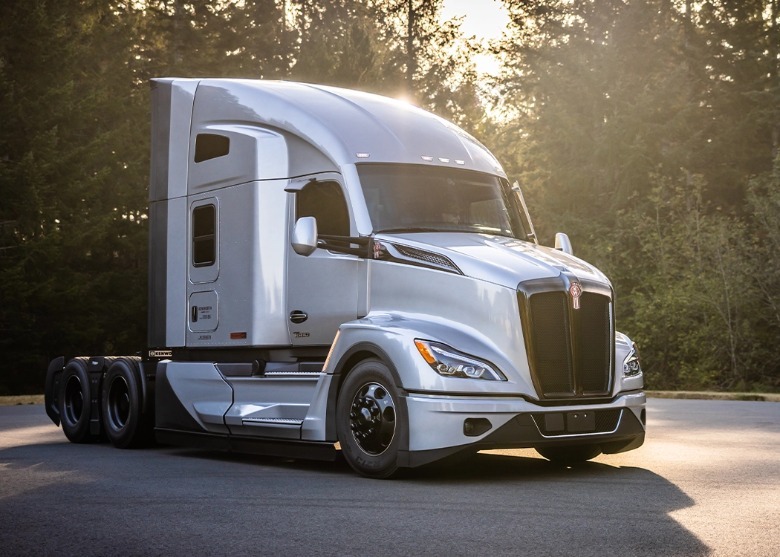
While Peterbilt usually gets compliments for its classic styling, high quality materials and more modular dash, Kenworth typically attracts those seeking simpler driver tech and more creature comforts like cabin noise control and improved sleep area. The rivalry between the two has never been fiercer, as both models receive constant updates, including advanced driver assistance systems and better aerodynamics. The question still stands for those who intend to spend many hours and miles on the road: Which rig actually provides the better long-haul experience?
Which truck feels better behind the wheel?
To begin with, the Peterbilt 579 appeals for its elegant interior and strong exterior design. Many drivers view Peterbilt's ergonomic, customizable cab — especially with the revised 579 Ultraloft sleeping arrangement – as more premium. It boasts a big 15-inch touchscreen interface, cutting-edge digital displays, and loads of personal storage for long trips. The inside of the Kenworth T680, meanwhile, promotes simplicity and seamless integration of digital systems. Although the T680 has a 15-inch digital display as well, its somewhat simpler design leans towards ease of use, something many drivers value when logging long hours
Thanks to its sophisticated suspension system and better cab insulation, Kenworth's T680 is sometimes cited as having better ride quality. Feedback from long-distance drivers and sources like Pay4Freight indicates that Kenworth cabins feel quieter and more refined on uneven roads, which can greatly and positively affect driver fatigue over time. Conversely, Peterbilt stresses simplicity of maintenance and customization. The 579's customizable and spacious cabin is praised by long-distance drivers, while its high-quality components are designed to last for years.
Although both trucks are comfortable, the Kenworth T680 might have a small advantage for drivers who value a quiet, cushioned ride and streamlined tech, while the Peterbilt 579 holds great appeal for those who value creature comforts, customization, and space in their semi-truck cabin and sleeper cab.
Which is the better investment?
Both trucks have the same PACCAR engine choices under the hood, usually the MX-13 engine combined with either an Eaton gearbox or the PACCAR 12-speed automated transmission. As one of the most powerful truck engines, the MX-13 is capable of putting out over 1800 lb-ft of torque and 500 hp, but the Kenworth is known to edge out the Peterbilt truck when it comes to real-world MPG thanks to innovative aerodynamics and predictive cruise control.
Where user preferences really matter are durability and serviceability. Peterbilt is renowned for its build quality, making the brand the go-to for many fleet managers looking to save time and money on maintenance.
Another consideration is price. Although both trucks fall in a similar price range when new, with the Peterbilt 579 priced between $160,000 and $210,000 and the Kenworth T680 from around $170,000 to $200,000. The Peterbilt 579 is known to have better resale value mostly because of its more general brand attractiveness in the used market. So, when it comes to choosing a long-distance hauler, both trucks offer amazing features and unique selling points, and it ultimately boils down to what drivers and fleet managers value most.
